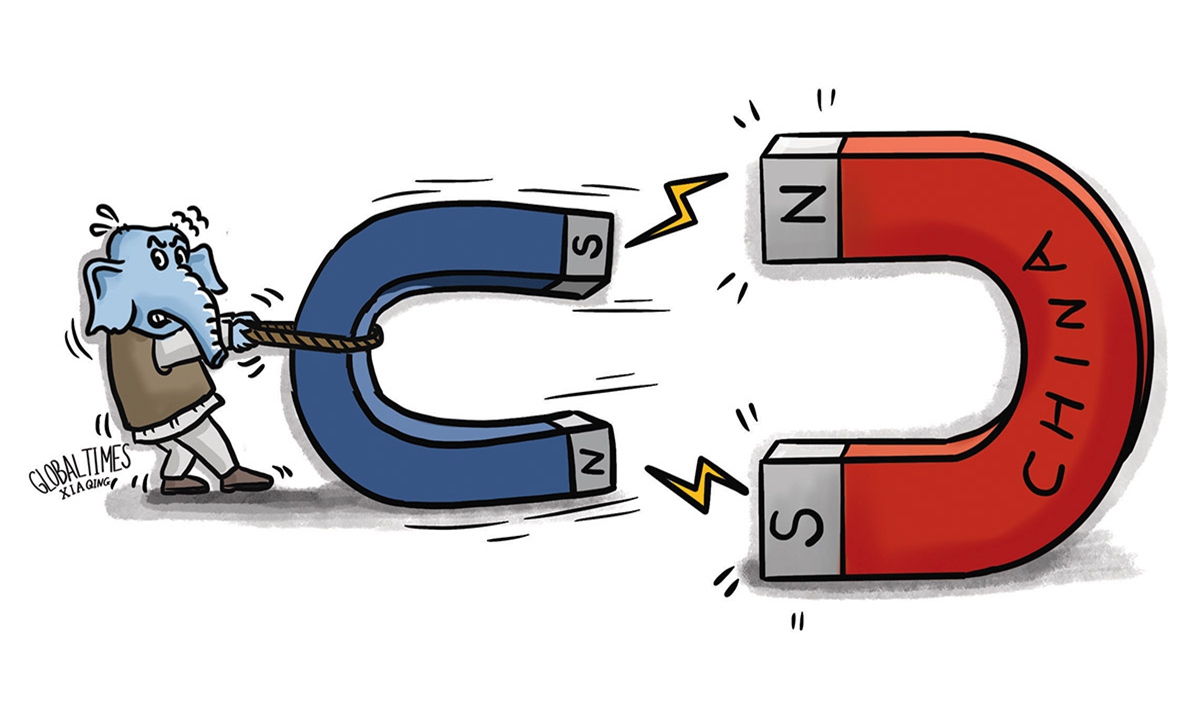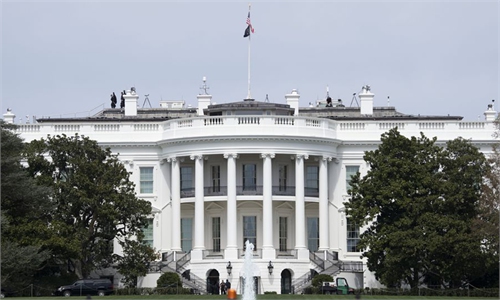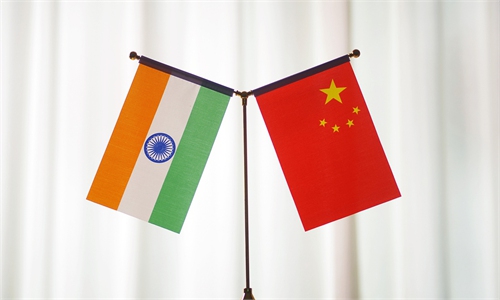
India Illustration: Xia Qing/Global Times
It is common to see people making comparisons between China and India, the two largest developing nations in the world. Especially in recent years, the comparison between the Chinese and Indian economies has become an eye-catching topic under the influence of the US "decoupling" push.With India's fast economic growth, such a comparison often carries the connotation of glorifying the Indian economy by belittling the Chinese economy. While such a comparison may be eye-catching, it only lays bare a lack of understanding of the two countries' development stages.
The latest example is an article published on Tuesday by The Times of India, entitled "'India grows, China slows' theme plays out."
Since much of this article is about India's economic prospects, the use of a direct comparison between China and India in the headline not only reveals a certain complacency about India's economic achievements but also the unspeakable intention of badmouthing China's economic growth.
But this kind of comparison based on the deliberate overlooking of the two countries' economic development stages and conditions is actually misleading and has no practical reference value.
There is no denying that India's economic growth has been impressive this year, especially against the backdrop of the global economic slowdown. Official data showed India's GDP expanded by a faster-than-expected rate of 7.6 percent in the July-September quarter, beating most estimates, even including a 6.5 percent projection by the Reserve Bank of India.
The surprise GDP growth added to optimism about its economic prospects, with financial institutions raising their growth forecasts for the current fiscal year to the 6.7-7 percent range. This would make India the fastest growing major economy in the world.
India's fast economic growth was primarily driven by an acceleration in the manufacturing sector. Efforts by Western companies like Apple to shift supply chains to India have fueled much speculation about whether India will replace China as a manufacturing powerhouse, resulting in a new wave of voices playing up China's economic slowdown.
Those who deliberately use India to belittle China will be disappointed because the so-called competition between China and India is not a fight between two boxers in a ring. If they want to think of it that way, then they are advised to first assess the weight of the two players. We'd rather regard it as two competitors running hard on their respective tracks, with different goals that are determined by their different development levels.
For instance, China and India have very different economic structures. China first developed its industrial economy and secondary industry before promoting the development of the tertiary industry, while India focused on developing the agricultural economy and services sector and emphasized the manufacturing sector only recently.
According to the World Bank, China's per capita GDP reached $12,720.2 in 2022, while that of India was $2,388.6. Also, China is the world's largest exporter and second-largest importer, while India ranks 18th in terms of exports and 10th in terms of imports.
It is true that the Chinese economy is facing a series of challenges, but China's economic development, albeit maybe not as brisk as India's, is still on a generally stable track, which is much better than many other economies amid a global slowdown.
A skilled marathoner usually has a fairly constant pace after a fast start, maintaining a steady pace while adjusting his body to store energy for a final sprint. The Chinese economy is now running at that steady pace.
The fact that China's ability to stabilize its economy despite the severe external environment with the US "decoupling" push and rising Western protectionism is sufficient to show the resilience of the Chinese economy.
China has entered a stage of high-quality development. It is a consensus among economists that the model of purely pursuing GDP growth is no longer suitable for the Chinese economy. During this process, India's development can provide the pressure to better inspire China to further maintain stable, sustainable and high-quality development. There may be some experience in India's development process that China can learn from, but due to the two countries' different development levels and different goals, the reference can only be based on China's own conditions.
At the same time, we also hope that India's development can pave a new path for developing countries. After all, India has become the country with the largest population.


